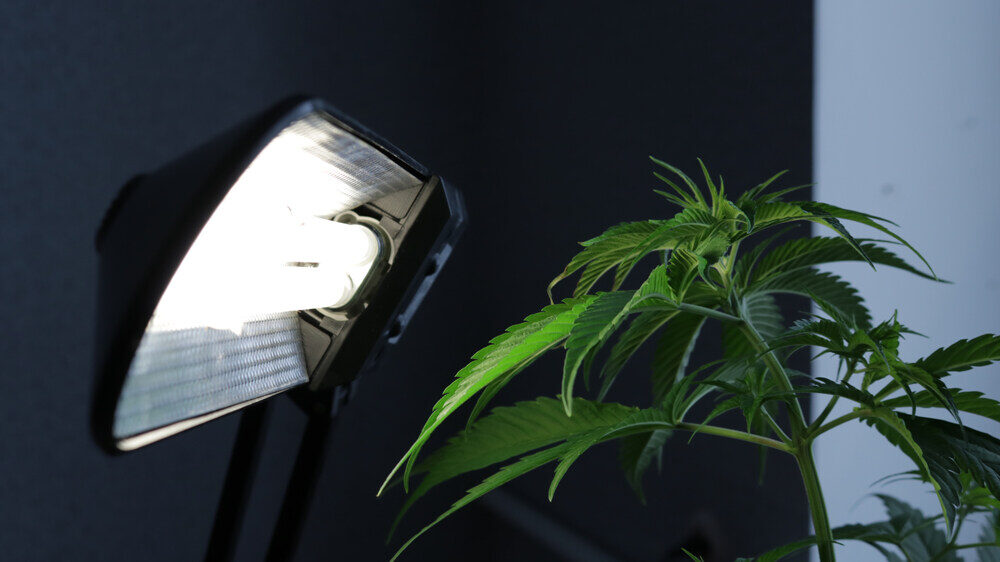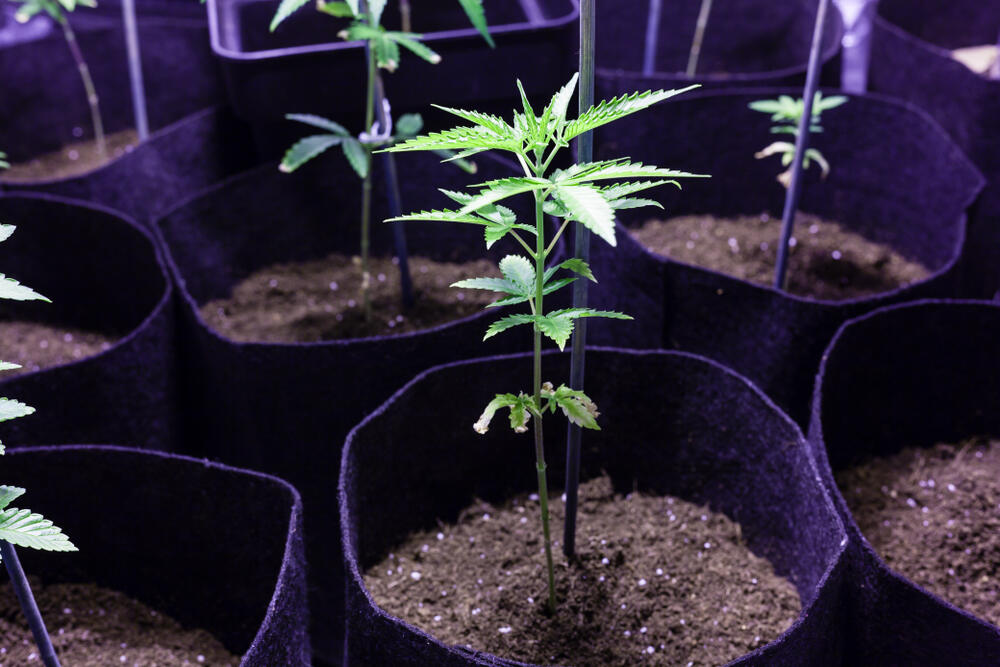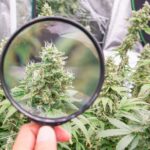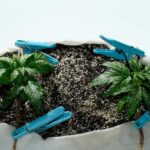The Best Fluffy Pancakes recipe you will fall in love with. Full of tips and tricks to help you make the best pancakes.

Why is my autoflower not flowering yet?
If you’re staring at your autoflower plant wondering why it’s still stuck in veg, trust me—you’re not alone. I’ve had plenty of growers reach out asking the same thing: Why is my autoflower not flowering yet? You’ve done your part. You planted the seed, fed it well, gave it light, and watched it stretch. But now you’re into week 5, 6, maybe even 7—and still no pistils.
Here’s the deal: while autoflowers are designed to transition from vegetative growth to flowering automatically, sometimes they stall. The causes range from genetics to environmental factors, and knowing what’s going on is the first step to getting those buds popping.
Let’s break this down properly so you know exactly what to look for, how to fix it, and what to expect.
Understanding autoflower basics
How autoflower genetics differ from photoperiod strains
Autoflower cannabis strains are hybrids bred with Cannabis ruderalis, a short, hardy subspecies that flowers based on age rather than light cycle. Unlike photoperiod strains that need a switch to 12/12 lighting to flower, autoflowers flip on their own, typically around weeks 3 to 5 from sprout.
This also means that autoflowers are on a fixed schedule—there’s no “waiting until they’re big enough” like you might do with photoperiods. The plant is on the clock from day one. However, not all autoflower genetics are created equal. Some have stronger ruderalis traits and flower like clockwork. Others—especially crosses with high sativa content—can act a little stubborn or slow to transition.
If you’ve got autoflower seeds from a dodgy breeder or bagseed you found in some “auto” bud, there’s a chance the genetics just aren’t stable.
Typical flowering timelines and variation (8–12 weeks, genetic variability)
Most autoflowers start showing signs of flower—like pistils at the nodes—by week 4. The entire lifecycle can run anywhere from 8 to 12 weeks, but some newer, bigger autos might push closer to 14 weeks.
If you’re around week 6 or 7 with no sign of flower, that’s when you need to start checking for other possible issues. Before you panic, remember: genetics are the first checkpoint. If you’re growing a sativa-dominant autoflower, it may simply be taking its time to stretch before bloom.
Light factors affecting flowering
Optimal light cycle (18–20 h/day) and intensity needs
Autoflowers thrive under extended light schedules. I personally run mine at 20/4—that’s 20 hours of light and 4 of darkness. You can also run 18/6 if you’re looking to save a bit on electricity or reduce heat.
What matters most here is consistency and intensity. You want a full-spectrum light (preferably LED) that puts out 35–50 watts per square foot. Weak lights or inconsistent timers can stall development. Your plant might think it’s in a shady forest rather than a prime growing spot.
Risks of inadequate light or LED distance errors
Too little light slows growth and delays the plant’s ability to mature into flowering. On the flip side, lights too close to the canopy can cause stress, foxtailing, or even light burn. Autoflowers don’t have the luxury of time to recover from these kinds of mistakes.
Make sure your LED is:
- The right distance: around 18–24 inches above the canopy, depending on the wattage and manufacturer’s specs
- Not too cool in spectrum: blue-heavy light (like 6500K) can stall flower in some strains
- Evenly spread: corners of tents often get less intensity
Dial in your PPFD (Photosynthetic Photon Flux Density) between 500–700 μmol/m²/s during veg and around 700–900 μmol/m²/s during flower.
Why shifting to 12/12 can “shock” flowering—and when it’s not advised
Many new growers think, If my auto’s not flowering, maybe I should switch to 12/12 like a photoperiod plant. I get the logic, but here’s the catch: autos don’t need a dark cycle to flower, and switching to 12/12 reduces the daily light intake, slowing growth and yield.
You can try 12/12 as a last resort—but only if you’ve ruled everything else out. In rare cases, an autoflower may have unstable genetics and behave more like a photoperiod, refusing to flower without that 12-hour night. But that’s rare—and if you’ve got more than one plant behaving this way, the issue is probably something else.

Nutrients, pH & feeding schedules
Nutrient balance: reducing nitrogen, boosting phosphorus/potassium at flower time
One of the fastest ways to delay flowering is to pump your plants with high nitrogen feeds deep into week 5 or 6. Nitrogen is essential during veg, but too much of it can keep your plant in leafy growth mode.
Here’s what I do:
- Use a grow nutrient high in nitrogen until week 3 or 4
- Switch to bloom feed with higher phosphorus (P) and potassium (K) from week 4 onward
- Reduce nitrogen gradually rather than cutting it cold
Phosphorus helps initiate flowering while potassium strengthens root development and bud production. Look for a nutrient ratio like 2-8-8 or 1-4-5 around the time you expect flowering to begin.
Soil pH and nutrient lockout: ideal ranges (6.0–6.5 soil, 5.6–5.8 hydro)
Even if you’re feeding your plants properly, it won’t matter if your pH is off. Nutrient lockout happens when the roots can’t absorb minerals, usually due to incorrect pH.
- For soil, aim for 6.0–6.5
- For coco/hydro, keep it tighter at 5.6–5.8
Get a reliable pH pen and test your runoff regularly. A stalled autoflower might be suffering from an invisible wall at the root zone.
Impact of overfeeding vs. underfeeding and signs
Autoflowers are light feeders. It’s better to underfeed than overfeed. When you overload them with nutrients, especially nitrogen, you risk “the claw”—those curled, dark green leaves—and stunted flowering.
Underfeeding shows up as:
- Pale or yellowing lower leaves
- Slower vertical growth
- Weak stems
I recommend starting at ¼ strength and slowly increasing each week based on how the plant responds.
Environmental stress & growing conditions
Temperature and humidity ranges for flowering success
Environmental stress is one of the biggest reasons autoflowers stall. You want conditions to mimic late spring and early summer. That means:
- Temperature: 22–28°C (72–82°F) during the day
- Night temps no lower than 18°C (64°F)
- Humidity: 50–60% in veg, dropping to 40–50% in early flower
Cold nights, high heat, or dry air can send the plant into a stress response, delaying flowering or reducing yields later.
Stressors: transplant shock, pests, disease delays
Autoflowers hate being messed with. I always start mine in the final pot—usually 3 to 5 gallons. Transplanting causes root stress, and since autos have a limited veg period, any delay in growth is hard to recover from.
Watch out for:
- Spider mites
- Fungus gnats
- Root rot from overwatering
- Powdery mildew
A sick or pest-infested plant won’t have the energy to shift into flower on schedule.
Pot size, soil type, and water management considerations
Your pot size sets the stage. Too small, and the roots get bound fast; too large, and the soil stays wet too long in early growth. I use:
- 3-gallon for smaller autos or tight spaces
- 5-gallon fabric pots for better aeration and bigger yield
Make sure your soil is light, airy, and drains well. I like a mix of coco coir, perlite, and quality organic soil. Water only when the top inch is dry. Overwatering suffocates the roots and slows growth.

Genetics, seed quality & breeder reliability
Poor autoflower genetics or unstable phenotypes
Not all seeds are built the same. Autoflowers require careful breeding to express their ruderalis traits reliably. I’ve seen plenty of growers get frustrated because their plant refused to flower—and it turned out to be a photoperiod mislabeled as an auto.
Unstable genetics can also cause inconsistent results. One plant flowers at week 3, another at week 8. Avoid freebies and no-name packs unless you’re prepared for surprises.
How to verify seed authenticity and breeder reputation
Buy from reputable seed banks. Look for breeders who publish test grows, provide strain timelines, and have consistent reviews. If you got your seeds from a friend or found them in a mystery bag, you’re rolling the dice.
Check for:
- Germination rates above 90%
- Flowering timelines listed clearly
- Strain-specific autoflower guarantees
When a plant defaults to photoperiod behavior
This is rare, but it does happen. Sometimes, a plant with recessive photoperiod genes never initiates flower unless it gets a 12/12 light cycle. If you’re 8 weeks in, and the plant is still vegging like a champ, try flipping the lights just to test it. If it suddenly starts flowering, you’ve got a faux-toflower on your hands.
When to intervene—and when to wait
Normal waiting windows vs. red flags beyond 12+ weeks
Every strain is different. Some autos flower at week 3. Others wait until week 6 or 7. But once you pass the 8-week mark with no pistils, it’s time to start asking questions.
Red flags:
- No signs of pre-flower by week 7
- Overly lush vegetative growth with no tapering
- No pistils, no stretching, just leaf and stem
If you’re approaching week 10+ with zero flowering, something’s off—genetics, light, or environment.
Intervention tactics: extended darkness, light cycle tweaks
You can try a few tricks:
- Give the plant 48 hours of complete darkness to simulate the seasonal shift
- Switch to 12/12 temporarily
- Prune lower fan leaves to reduce nitrogen load and expose bud sites
I’ve only needed to do this a handful of times in all my grows, and it worked—but again, it’s a last resort, not a go-to strategy.
Signs it’s time to discard or treat as photoperiod
If nothing changes after 2–3 weeks of intervention, you’re likely dealing with a mislabeled photoperiod. You can either flip it fully to 12/12 and let it finish like a photo, or toss it if it’s not worth the space.
Signs to treat it like a photoperiod:
- Still growing strong with no pistils at week 10–12
- Responds to light cycle change
- Genetic source is questionable
Conclusion
Autoflowers are meant to make your life easier—but sometimes they throw you a curveball. If your auto isn’t flowering yet, don’t rush to yank it from the pot. Instead, take a methodical approach: check your light, nutrients, environment, and genetics. Nine times out of ten, the issue is fixable.
And remember—cannabis plants want to grow. Give them the right setup, a little love, and a good playlist, and they’ll usually snap into flower before long. Stay patient, stay observant, and keep growing.





I have had auto flower seeds that do not flower many times. Each and EVERY time the cause has been seeds that ended up being photoperiod. In fact, EVERY time it has, happened if one seed turned out to be photoperiod, the entire batch will be photoperiod. I even complained to a seed bank who replaced my seeds, and they ended up being photoperiod as well. I suspect EVERY article I have seen that gives all kinds of external reasons for autos not flowering when in fact the vast majority of auto flowers that do not flower end being bad seeds. It seems you are passing on information you read on a seed bank which is opposite if every grower’s experience I know.